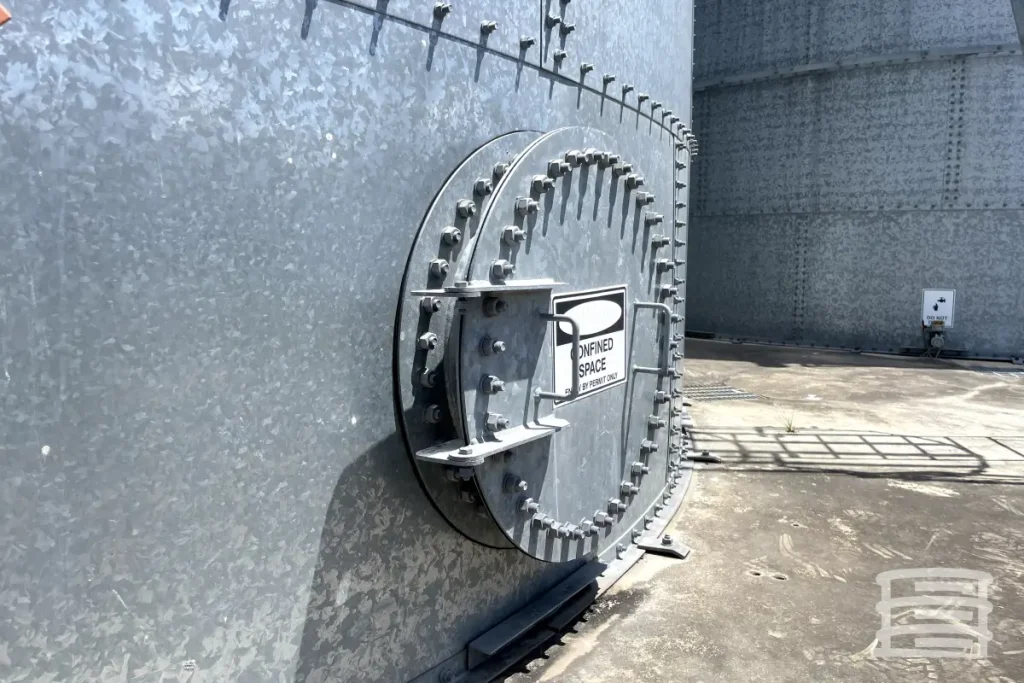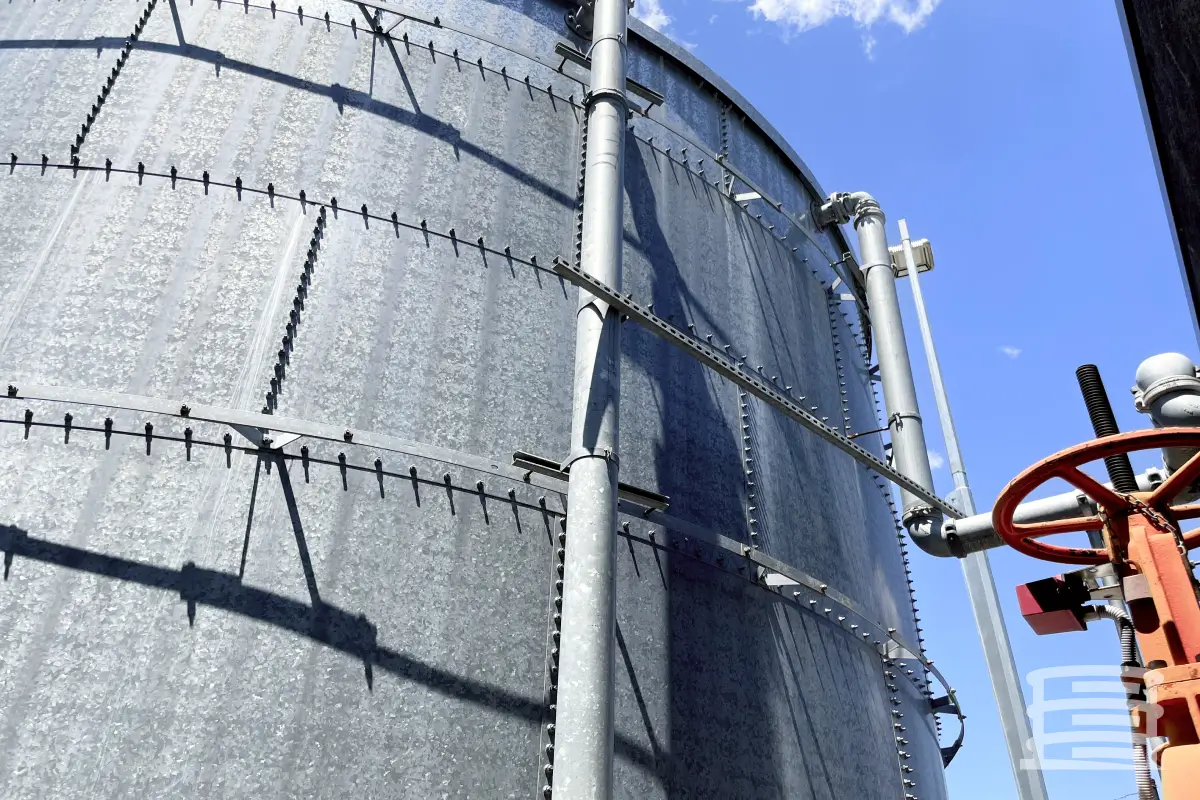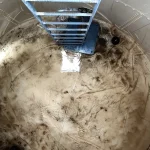Water tank inspection standards are more than just checklists. They encompass both the recommended procedures for keeping your tank in top condition and the safety expectations these practices achieve.
Leading organizations like the National Fire Protection Association (NFPA) and the American Water Works Association (AWWA) create detailed guidelines specific to different water tank types and their intended uses.
NFPA and AWWA: what are these Organizations?
The National Fire Protection Association (NFPA) is an international nonprofit organization focused on advancing fire and life safety. It develops and publishes codes and standards related to fire protection, including regulations for fire water storage tanks.
The American Water Works Association (AWWA) is a nonprofit organization that represents the largest community of water professionals worldwide. It provides education, resources, and advocacy to promote safe water practices. Additionally, AWWA publishes standards and guidelines that cover various aspects of water supply and treatment, including regulations for potable water storage tanks.
NFPA Standards for Panel Tanks
This industry standard, titled “Standard for Water Tanks for Private Fire Protection,” dives deep into the specifics of inspecting these tanks. Chapter 4 lays the groundwork with general requirements, while later chapters address different types of water tanks. Meeting these requirements can pave the way for tank inspection companies to earn NFPA certification.
This revised passage uses a more engaging tone and emphasizes the importance of NFPA 22 for fire water storage tank inspections. It also clarifies the benefit of NFPA certification for tank inspection companies.
General Requirements:
NFPA standards for fire water storage tanks, outlined in NFPA 22: Standard for Water Tanks for Private Fire Protection, establish various requirements and specifications to ensure the safety and reliability of these tanks.
Here are key points from the general requirements:
- Capacity and Elevation: Tank size and elevation are determined based on specific property conditions.
- Water Sources: The water source supplying the tank must be sufficient and dependable, with consideration for future reliability.
- Tank Location: Tanks must be positioned to protect both the tank itself and surrounding structures from fire exposure.
- Tank Materials: Permissible tank materials include steel, wood, concrete, coated fabrics, and fiberglass-reinforced plastic.
- Construction Quality: Tank manufacturers must adhere to specified requirements, delivering structures that demonstrate reliability under designated conditions.
- Approval and Documentation: Contractors are required to submit stress sheets and plans for approval by relevant authorities for building permits and licenses.
- Contractor Responsibility: Experienced contractors must ensure all work is conducted with care and expertise. Tanks undergo water tightness testing upon completion before official inspection.
- Attachments to Tank: Any attachments to tank structures, such as signs or flagpoles, must be specially designed and approved for that purpose.
- Material Strength: Tank materials must be free from defects that could compromise their strength or performance.
- Compliance with Standards: Only tank materials meeting recognized national standards are permitted.
- Roof Requirements: All tanks must have roofs, and OSHA-compliant standard railings must be installed around roof utility holes and other access points.
- Roof Ventilation: Steel roofs that are essentially airtight require vents positioned above the highest water level, equipped with corrosion-resistant screens to prevent contamination.

AWWA Standards for Water Tank Inspection
AWWA standards for water tank inspections are detailed in AWWA D100: Standard for Welded Carbon Steel Tanks for Water Storage. This standard outlines design, fabrication, and construction requirements for potable water storage tanks, along with guidance on maintenance and inspection procedures.
Similar to the NFPA standards, the AWWA standard list encompasses various specifications and standards for different aspects of water tanks. This includes design criteria, specifications for accessories, and recommendations for tank location to ensure compliance with safety and quality standards.
Importance of Following the NFPA and AWWA Standards for Tank Inspections
Both the NFPA and AWWA underscore the significance of consistent upkeep and inspections for water tanks, establishing baseline criteria for these procedures. Their guidelines are pivotal in upholding the durability of water tanks and ensuring a safe, drinkable water supply for consumers.
It’s essential to recognize that the standards outlined by these entities outline basic prerequisites and may not encompass all local jurisdictions comprehensively. Local codes and regulations could impose supplementary criteria for maintaining and inspecting water tanks, tailored to specific regional factors and circumstances.
Wrapping Up
Protecting water sources is crucial, and opting for water tanks is a prudent decision. With adequate maintenance, water tanks can enjoy a significantly prolonged operational lifespan.
Knowing the essential measures to extend the longevity of your tanks is essential. Adhering to the guidelines set by respected organizations with extensive research and knowledge ensures a consistent provision of clean, drinkable water.
NFPA 25 Inspections by American Tanks offers top-notch water tank inspection and repair services, catering to clients nationwide. We deliver thorough routine maintenance solutions to ensure the safety and longevity of your water tanks. Explore our website today for comprehensive details about our services!
Call NFPA 25 Inspections by American Tanks at +1 800 656 0167
Or email at info@nfpa25inspections.com







